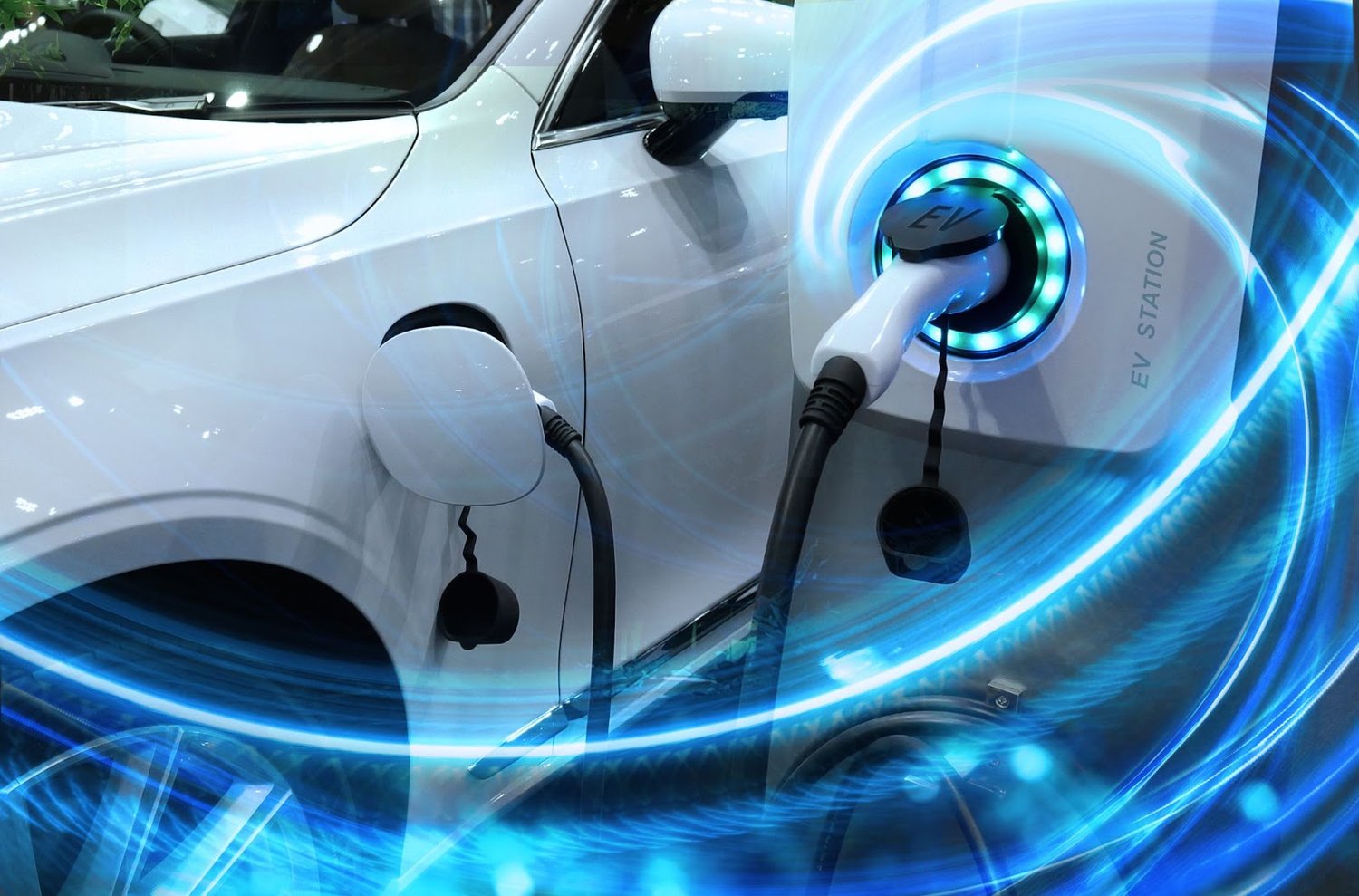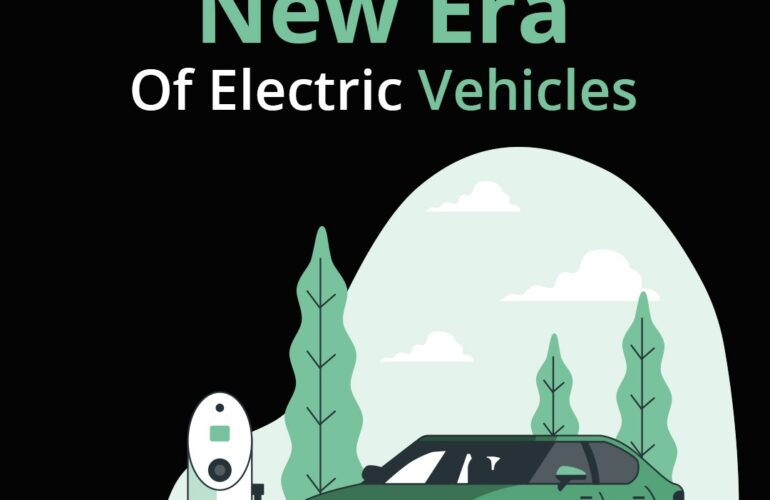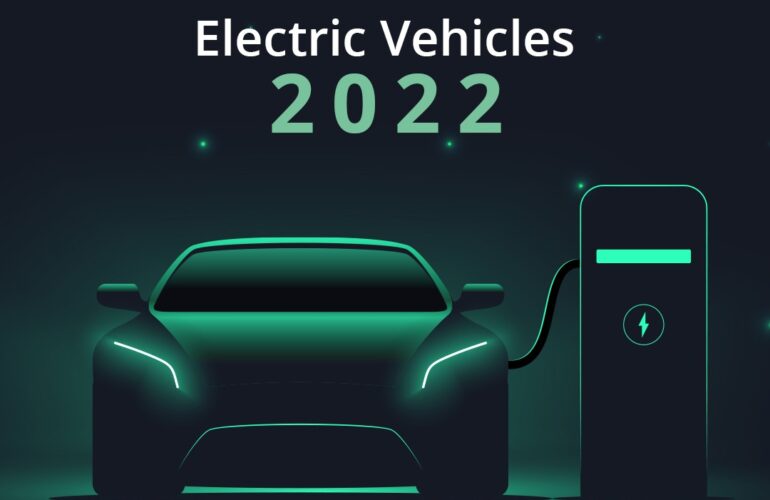Electric vehicles (EVs) are revolutionizing the way we drive, bringing with them a host of benefits like cleaner, more efficient transportation. Part of transitioning to this sustainable mode of transportation involves understanding how to efficiently use your EV home charger. For both seasoned EV owners and newcomers, there are several best practices to maximize the utility of your charger, whether you’re charging your car at electric charging stations or at a home charging station.
Understanding Your EV Charger
Before we delve into best practices, it’s essential to understand the two main types of EV chargers at your disposal.
- EV Home Charger: This is a device installed at your home and offers the benefit of convenience—as you can recharge your EV at any time night or day.
- Electric Charging Stations: These are typically found in public places such as shopping malls, offices, street parking, and more. They offer a variety of charging speeds and cost models.
While all types of chargers serve the fundamental purpose of recharging your EV, each has its specific use cases and considerations.
Home Charging Station Efficiency: Optimizing Your Routine
There are several ways to optimize the use of your EV home charger:
- Off-Peak Charging: One of the key benefits of a home charging station is the opportunity to charge during off-peak hours when electricity prices are typically lower. It’s an easy way to save money over time.
- Scheduled Charging: If your EV or home charging station supports it, use scheduled charging features to automatically begin charging at designated times—like late at night when electricity rates drop.
Extending Battery Life: What to Know About EV Charging
To maximize your EV’s battery life, consider the following:
- Avoid Full Charging: Lithium-ion batteries, which are commonly used in EVs, tend not to like being charged to 100%. To prolong your battery’s lifespan, aim to keep its charge level between 20% and 80% whenever possible.
- Slow Charging: Although fast charging at public electric charging stations is convenient for long road trips, faster charging can generate more heat, which can degrade the battery over time. Try to stick to slower charging options when time allows, especially at home.
Making Public Charging Work for You: Tips & Tricks
Here are some tips on effectively using public charging stations:
- Choose the Right Charger for Your Needs: Not all chargers at public electric charging stations offer the same charging speed. Use rapid chargers for quick top-ups during a busy day and slower chargers when you have more time, such as overnight or during work.
- Plan Ahead: Use apps to find charging stations along your route and ensure that the station’s plug type is compatible with your EV.
Dispelling EV Charging Myths: Fact vs Fiction
Several misconceptions are surrounding EV charging, but two stand out:
- Myth: Battery capacity will drop significantly over a few years due to charging. Fact: Advances in battery technology have vastly improved lifespan, and most EV manufacturers offer lengthy warranties on batteries.
- Myth: Charging an EV at home will overload the grid and cause power cuts. Fact: Generally, the infrastructure in most residential areas can handle EV charging without any issues.
Conclusion: Embrace the Future with Confidence
With the ongoing shift towards electric vehicles, understanding how to make the most of your EV charger is essential. Whether you’re using EV home chargers or electric charging stations, following these best practices can lead to substantial savings, extended battery life, and an overall smoother EV ownership experience.



